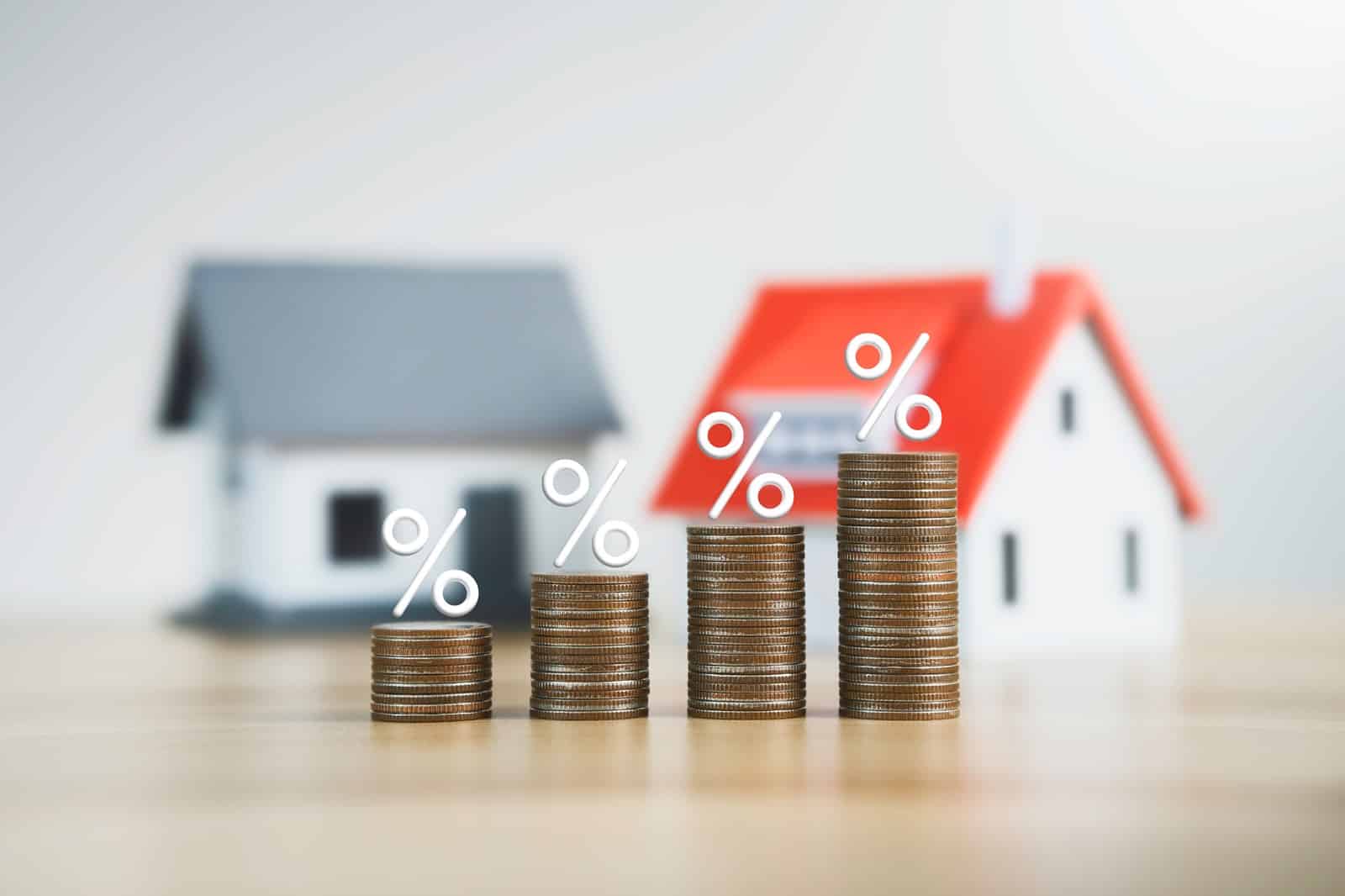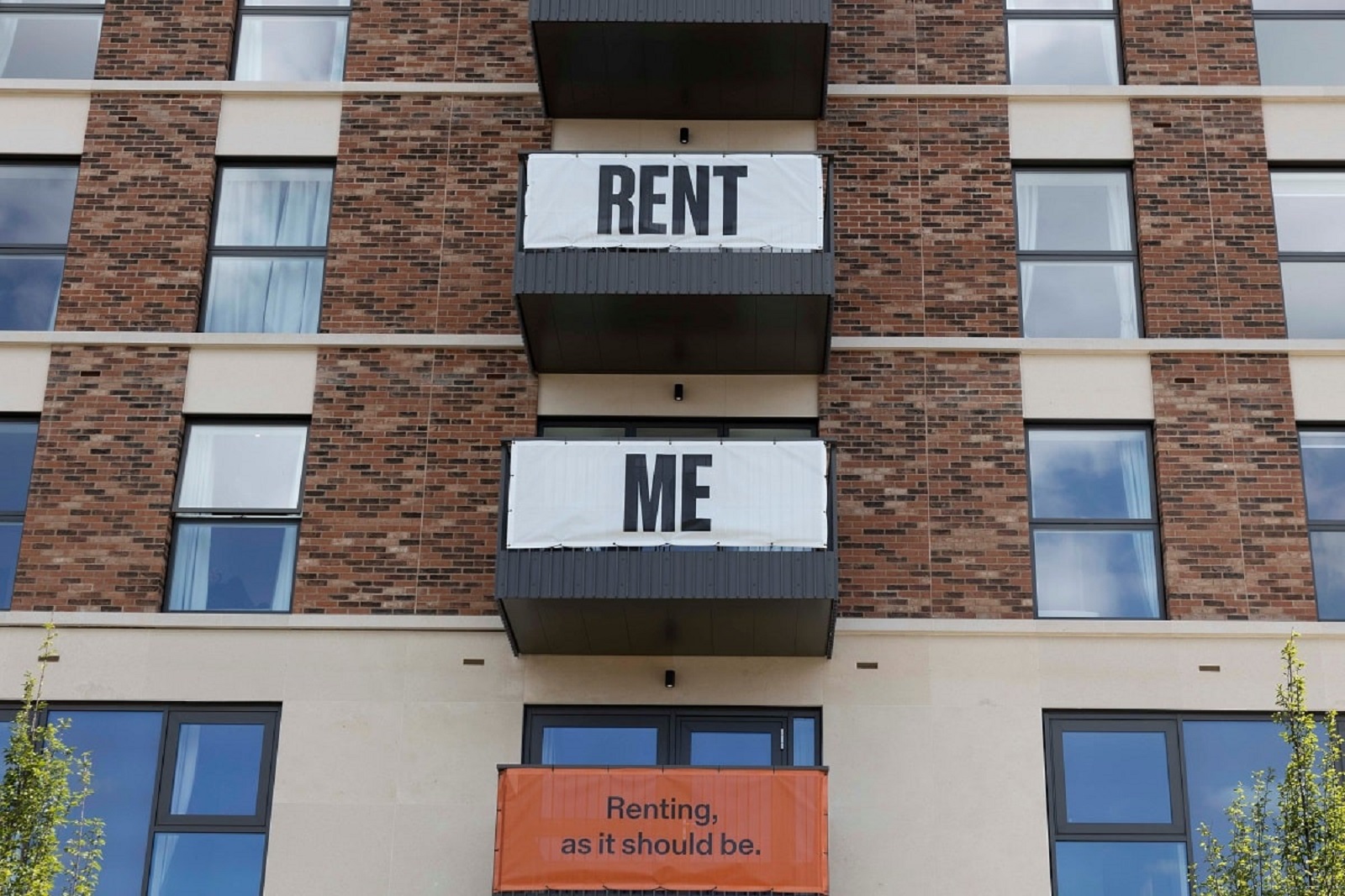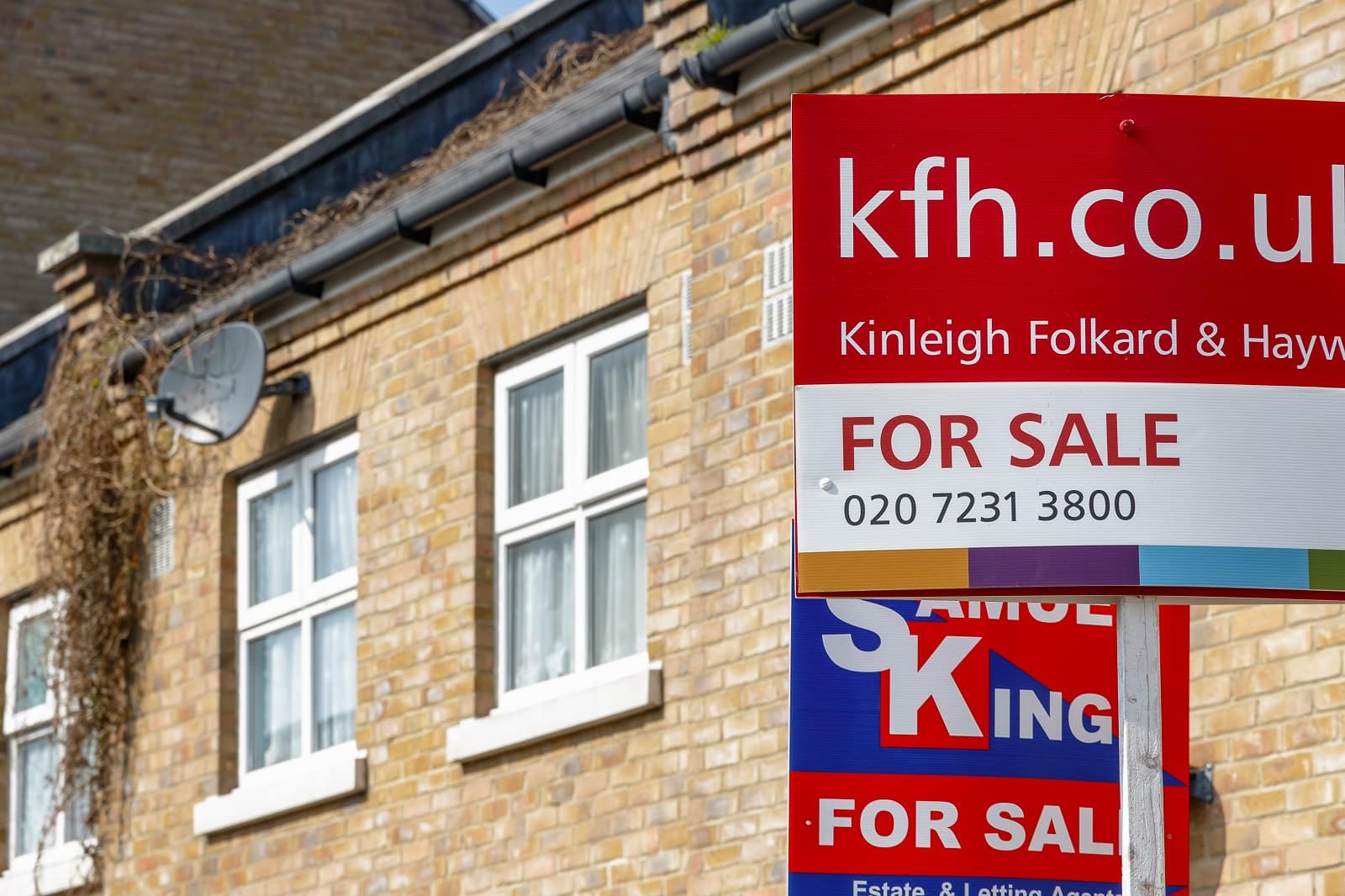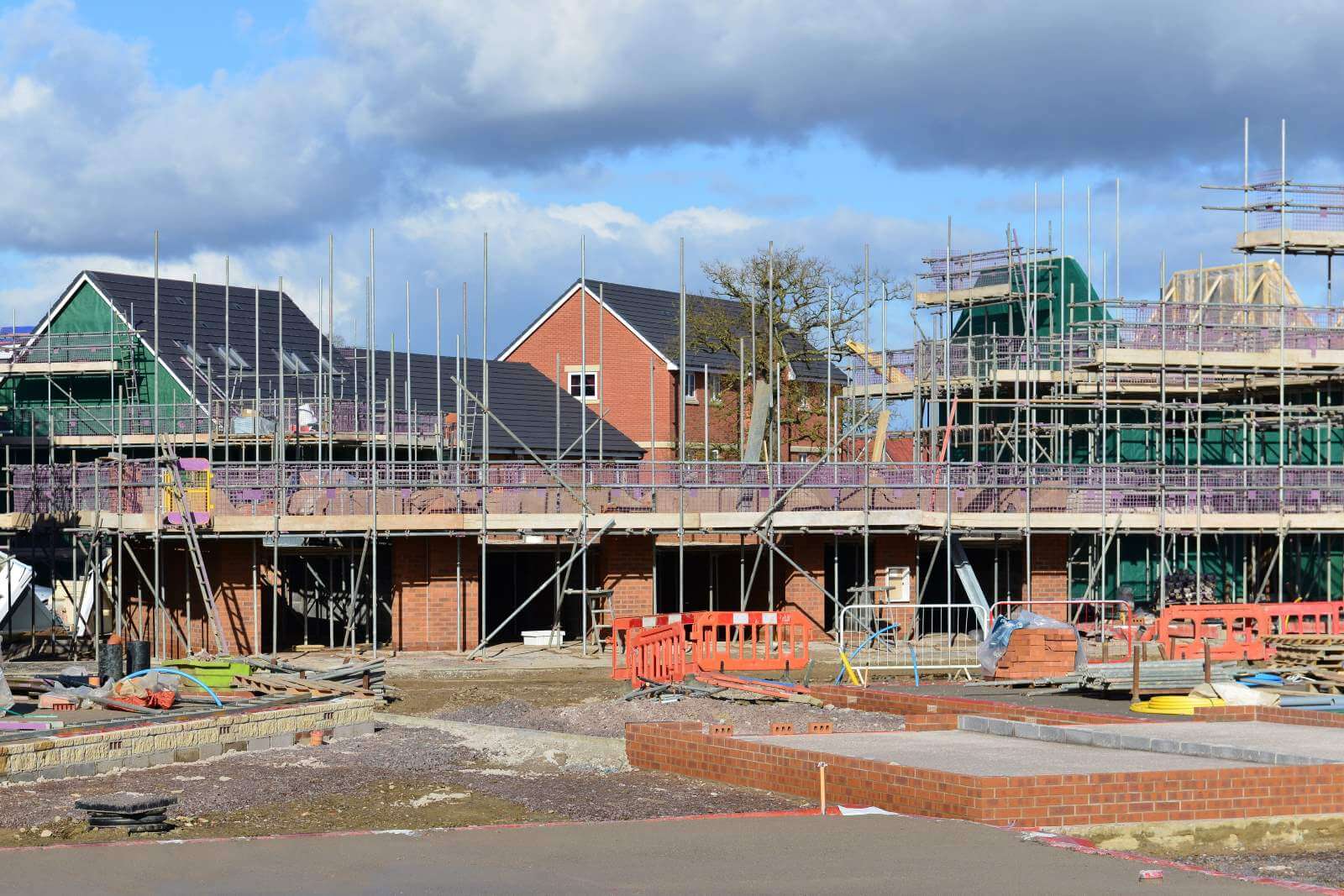Navigating the UK housing market is becoming akin to walking through a minefield blindfolded. With economic indicators flashing warning signals like a lighthouse in a storm, let’s dissect the signs suggesting the UK housing market is more bubble than stable foundation.
1. Skyrocketing House Prices

The chasm between house prices and the average wage is widening at an alarming rate. When a modest abode in the suburbs costs the same as a castle in the Highlands, the market’s temperature isn’t just hot; it’s sizzling towards unsustainable.
2. Stagnant Wage Growth

As house prices ascend to the stratosphere, wages remain stubbornly earthbound. The disparity between earning and buying power is creating a homeownership landscape that’s increasingly a mirage for the average Brit.
3. Mortgage Approval Rates Dropping

The fall in mortgage approvals is a bellwether for banking confidence in the housing market. When lenders tighten the purse strings, it’s often a harbinger of turbulent times ahead.
4. Increase in Interest Rates

Hints from the Bank of England about nudging up interest rates could send a chill through the overheated housing market, making mortgages less affordable and cooling buyer enthusiasm.
5. High Loan-to-Income Mortgages

The prevalence of mortgages that dwarf borrowers’ incomes harks back to the precarious lending practices pre-2008 crash. It’s a financial tightrope that few want to walk again.
6. Decreasing Rental Yields

The gold rush of buy-to-let property investments is showing signs of fatigue, with rental yields in prime locations diminishing, indicating a market that’s overcooked.
7. The Stamp Duty Holiday Hangover

The end of the stamp duty holiday is like turning on the lights at the end of a party—suddenly, the exuberance fades, revealing a market that may struggle to stand without support.
8. Overvaluation in Major Cities

Property values in major urban centers, especially London, are reaching dizzying heights, disconnected from local economic realities. When a studio flat costs as much as a spacious suburban home elsewhere, bubble fears bubble up.
9. Foreign Investment Cooling

Brexit and other economic uncertainties are cooling the jets of foreign investors, whose capital once inflamed UK property values, adding another layer of pressure on an already strained market.
10. The Supply and Demand Imbalance

An enduring issue, the mismatch between housing supply and demand, continues to push prices up, but with construction lagging and affordability waning, this imbalance is becoming increasingly untenable.
11. Brexit Uncertainty

The long shadow of Brexit looms large over the housing market, with trade disruptions and economic shifts contributing to an atmosphere of uncertainty that could dampen market dynamics.
12. Increased Construction Costs

Post-Brexit import tariffs and pandemic-related disruptions have spiked construction costs, hindering new developments and exacerbating the housing shortage, adding fuel to the fire of rising prices.
13. Consumer Debt Levels Rising

With consumer debt inching upward, the financial resilience of potential homebuyers is being eroded, potentially reducing the pool of those able to afford to enter the housing market.
14. Political Instability

The whirlwind of political change and policy uncertainty can unsettle markets. For the housing sector, it means future directions are murky, and investor and consumer confidence can be quickly undermined.
15. Changes in Work Patterns

The pandemic-induced shift towards remote work is altering where people want to live, potentially deflating the property value balloon in previously high-demand urban areas.
16. The End of Government Support Schemes

As pandemic-era support schemes wind down, the economic reality will bite for many, potentially impacting their ability to maintain mortgage payments and stifling new buyer entries into the market.
17. Warning Signs from Analysts

A chorus of financial analysts and economists is raising alarms about the sustainability of current market trends, suggesting a correction—or even a crash—could be on the horizon.
18. Investor Sentiment Turning

When investor sentiment starts to sour, it can precipitate a self-fulfilling prophecy of market downturns, as those looking to cash out create a surplus of properties on the market, driving prices down.
19. Decreasing Home Affordability

The dream of homeownership is slipping out of reach for many, as affordability indices hit all-time lows. This foundational shift could signal a market out of touch with the economic realities of its base.
20. Increase in Default Rates

A rise in mortgage defaults would not only be a tragedy for those affected but also a clear sign of a housing market under strain, as financial pressures overtake the ability to maintain payments.
21. The Return of Negative Equity

Cases of negative equity — where the property is worth less than the mortgage—beginning to re-emerge would be a clear indication of a market in decline, echoing the darkest days of previous financial crises.
The road ahead for the UK housing market is fraught with potential pitfalls, each sign a waypoint on a journey that could lead to a significant economic correction. Buyers and sellers alike should proceed with caution, armed with the knowledge that while markets rise and fall, prudence is always in season.
The post 21 Warning Signs UK Housing Market Is on the Brink of Collapse first appeared on All Things Buzz.
Featured Image Credit: Shutterstock / William Barton.
For transparency, this content was partly developed with AI assistance and carefully curated by an experienced editor to be informative and ensure accuracy.

